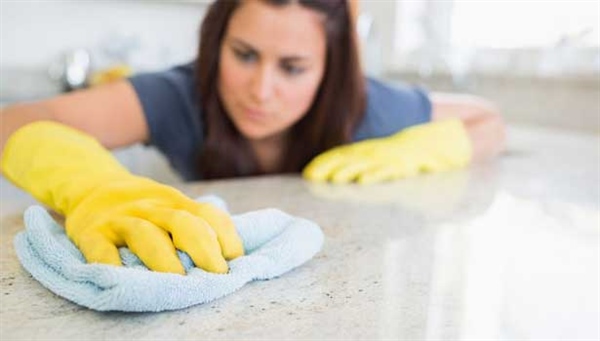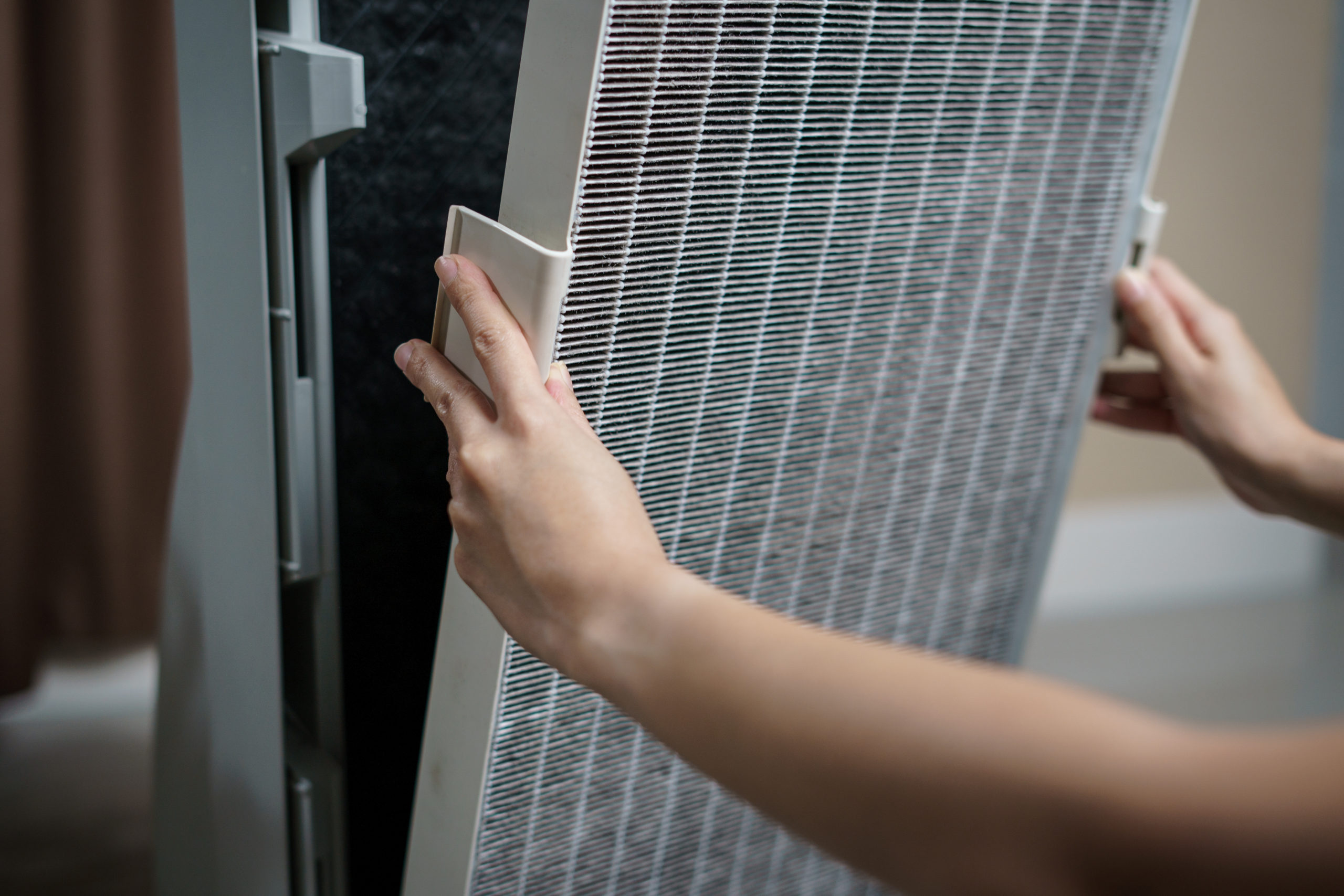With even green cleaning products’ safety still in question, many cleaning companies are turning to nature’s cleaners: the enzyme.
Humans have been putting enzymes to work for millennia. Enzymes are important in the fermentation process used to produce historically important foods such as cheese, yogurt, bread, beer and wine. And we can’t overlook the fact that enzymes are a key component of every biologic process that exists on earth, even in our own bodies.
Warning: High School Biology Flashback
In nature, spontaneous chemical reactions occur very slowly, and the purpose of enzymes is to speed things up. Enzymes are primarily found inside living cells, so they are very small. They are proteins that speed up chemical reactions in the cell by lowering the amount of energy needed to complete the reactions, making it occur faster. Enzymes are called catalysts because they take part in the biochemical reaction, but are not consumed by it; they remain unchanged when the reaction is complete.
[EasyDNNnewsToken:Left Justify Embed 300 x 250]An enzyme works by catching, or bonding, one or more molecule substrates (or reactants) to an “active site” on its surface. The interaction between the enzyme and the substrates either encourages a link to be built or broken between two substrates, either way leading to the formation of one or more new molecules. These new molecules, or products, are released from the active site of the enzyme to do the work they were created to do, and the enzyme is then free to catch more substrates and work again.
Enzymes: A Nice Fit for Sustainable Cleaning
In the cleaning industry, bioenzymatic cleaners have been around for a long time, brightening laundry, removing stains from carpets, and killing odors in kitchen and bathroom drains. Since enzyme products are usually natural, pH neutral, non-toxic and non-caustic, they fit nicely into the requirements of a sustainable cleaning program, whether green, natural, and/or organic. Many cleaning industry professionals are looking at them for broader cleaning uses.
Most common enzymes used in cleaning products target specific soils:
- Proteases break down protein-based soils and stains such as blood, urine, feces, foods, milk, wines and other beverages, so the resulting smaller amino acid chains can then be removed from the surface being cleaned.
- Amylases remove starch-based soils containing eggs, ice cream, sauces and gravy. They break down starch chains into smaller sugar molecules which are more easily lifted and removed.
- Lipases are most effective in removing body oil and greasy food stains.
- Cellulases are beneficial in cleaning basic dust and mud.
Bioenzymatic cleaning products not only contain enzymes, they also contain bacteria selected to remove the targeted soil broken down by the enzymes. The enzymes are the first strike, so to speak. Good bacteria such as Bacillus are incorporated into cleaning agents to consume the by-products of whatever soil the enzymes broke down.
Residual Cleaning
A major benefit of enzymatic cleaners not seen in traditional cleaners is known as “residual cleaning.” As long as there continues to be food and moisture in the vicinity of the applied enzymatic cleaner, the enzymes and bacteria left behind will continue to do their work and break down these unwanted soils for hours or even days. This is especially useful in kitchens and bathrooms where the majority of odor-causing material is found in drains and grout lines.
When asked about this phenomenon, Dr. Jason Marshall, Laboratory Director of the Toxics Use Reduction Institute (TURI) at UMass Lowell, noted, “If cleaning is done correctly, there shouldn’t be a lot left on the surface to provide food for residual cleaning to occur, for any type of product. Wiping should remove whatever was applied. However, if the enzyme solution is left behind, it will continue to breakdown soils that are left behind.”
A fact that every cleaning industry professional needs to be aware of with enzyme cleaners is that they are rendered ineffective by disinfectants, so it isn’t wise to apply a disinfectant to a surface after applying an enzyme cleaner. This fact has a major impact on planning cleaning procedures around a new or unfamiliar product.
Proper Disinfectant Use
Some distributors have recommended applying the disinfectant to a surface before using the enzyme cleaner, but Dr. Marshall says they are missing the mark. “Disinfectants are not effective on dirty surfaces. So, in fact, distributors should recommend cleaning the surface first, before applying the disinfectant. And if cleaning is done correctly, in many cases there won’t be the need to disinfect the surface. Cleaning with a microfiber towel and a good cleaning solution will remove most of the microbes from the surface.” It might be time to reevaluate how your company uses disinfectants and strive for a more targeted use of these products.
Two goals of both sustainable cleaning and efficient/effective cleaning, in general, are 1) to minimize the number of cleaning products used to clean, and 2) to ensure they are safe for humans and the environment.
Matching the Enzyme Cleaner to the Soil
Can enzymes really be used as all-purpose cleaners? “There are many enzyme-containing general purpose cleaners on the market. If you want the product to work on many types of soils, you will need to confirm what types of enzymes are in the product,” says Dr. Marshall. “There are different types of enzymes that specialize in breaking down various soil types, some for proteins, fats, etc.” You should really determine what soil is present and choose an enzyme cleaner which contains enzymes specific for that type of soil.
Surfactants and Enzymes
When asked about the use of surfactants in enzyme cleaners affecting their “green” status, Dr. Marshall says, “Surfactants are added to provide better cleaning. There are surfactants that would be considered safer than others. The EPA and Green Blue have been working together to maintain a website that helps identify the “greener” surfactants.”
Dr. Marshall foresees the use of enzymatic cleaners continuing to grow as cleaning products become safer and safer. “Enzyme cleaners used with safer ingredients can maintain acceptable cleaning levels within similar cleaning times as the more hazardous conventional cleaners. As the cleaning industry continues to expand into the “green” arena, the likelihood that all products will contain enzymes increases.”
Janice Stewart is the owner of Castle Keepers of Charleston and driving force behind the development of the Modern Cleaning approach, Janice brings her scientific and healthcare background to inform the development of effective, safe, and healthy cleaning methods.





